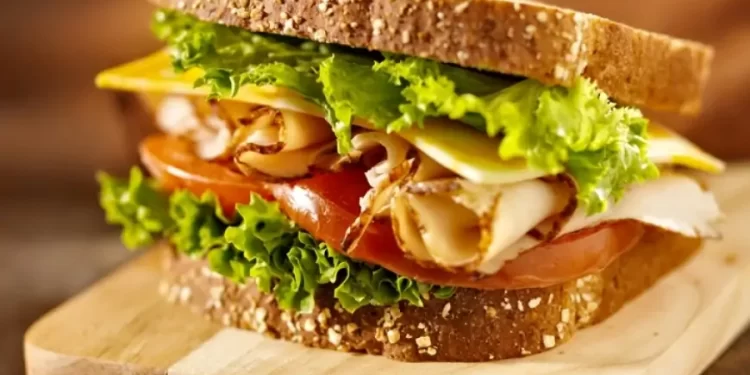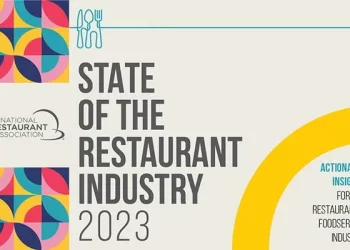
Elevated shopper demand for and a tighter provide of proteins is leading to eating places paying larger costs for beef and hen this summer time, a restaurant trade commodities analyst signifies.
In response to Invoice Lapp, president of Omaha, Neb.-based Advanced Economic Solutions, prices for these objects will stay larger all through the summer time—aside from hen wings, which he says have “unexpectedly dropped in value.”
On the lookout for options
Because of this, Lapp says some operators would possibly have a look at providing, and advertising, various proteins and even altering menu objects and elevating their costs to offset the rising meals prices. Or they could merely select to simply accept larger prices and narrower margins for the brief time period.
“Proper now, there’s a tightness within the U.S. protein provide, particularly the place beef is worried, as a result of diminished cattle herds that would go on for years earlier than they’re replenished,” he says. “Some floor beef cuts are actually at file ranges, and hen breast costs, whereas larger than anticipated, are nonetheless decrease than the prices related to beef.”
Lapp provides that regardless that beef is a vital merchandise for lots of eating places, some operators, due to the tight provide, are beginning to introduce quite a lot of hen objects this summer time. “The hope is that they will take away a number of the ache that larger beef costs are inflicting.”
There are some vibrant spots, nevertheless, Lapp says, notably relating to the egg market. The common wholesale value on a dozen eggs is presently $3.12 in comparison with $4.26 six months in the past when the flocks had been decimated by Avian Influenza outbreaks and needed to be culled to maintain the illness at bay. It’s presently underneath management till the subsequent outbreak, which may happen throughout the fall or winter.
Sunny skies are good for crops and dairy costs
Hearty corn and wheat crops, the results of favorable climate circumstances, have led to a discount in grain costs, which is nice for poultry producers in addition to dairy farmers, he says.
“Feed prices coming down ought to lead poultry producers to increase operations and, on the similar time, encourage dairy farmers to develop their herds, thus rising milk, cheese, and butter provides, which would cut back costs on these objects,” Lapp says.
In late June and early July, the value of block cheese fell beneath $1.60 per pound.
Concerning tariffs, Lapp says that whereas uncertainty stays, their continued postponements have probably not affected meals costs—but.
“We haven’t seen that a lot in the best way of adjustments or shifts on pricing,” he says, “however there are quite a lot of objects that might be impacted if the proposed tariffs aren’t deferred once more on July 9. Sure elements from outdoors of North America, that we’re solely depending on, like espresso and cocoa, nonetheless face 10% tariffs, and nonfood objects may dramatically have an effect on prices.”







